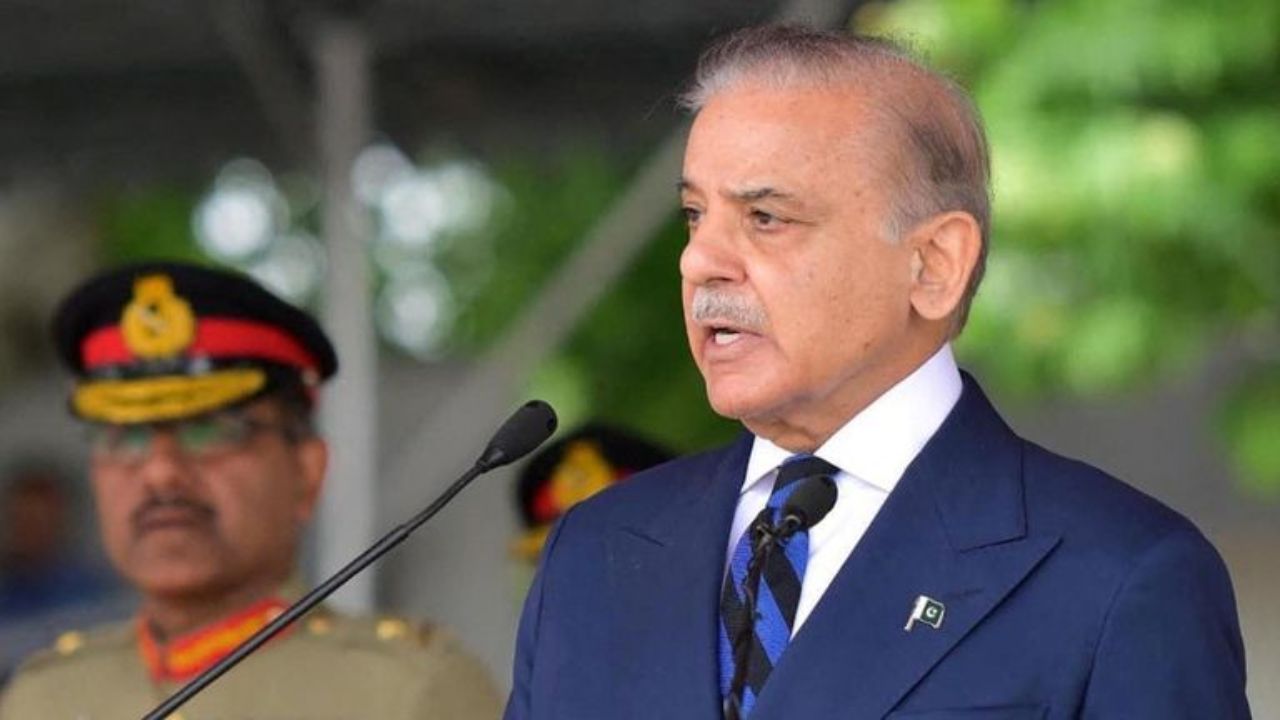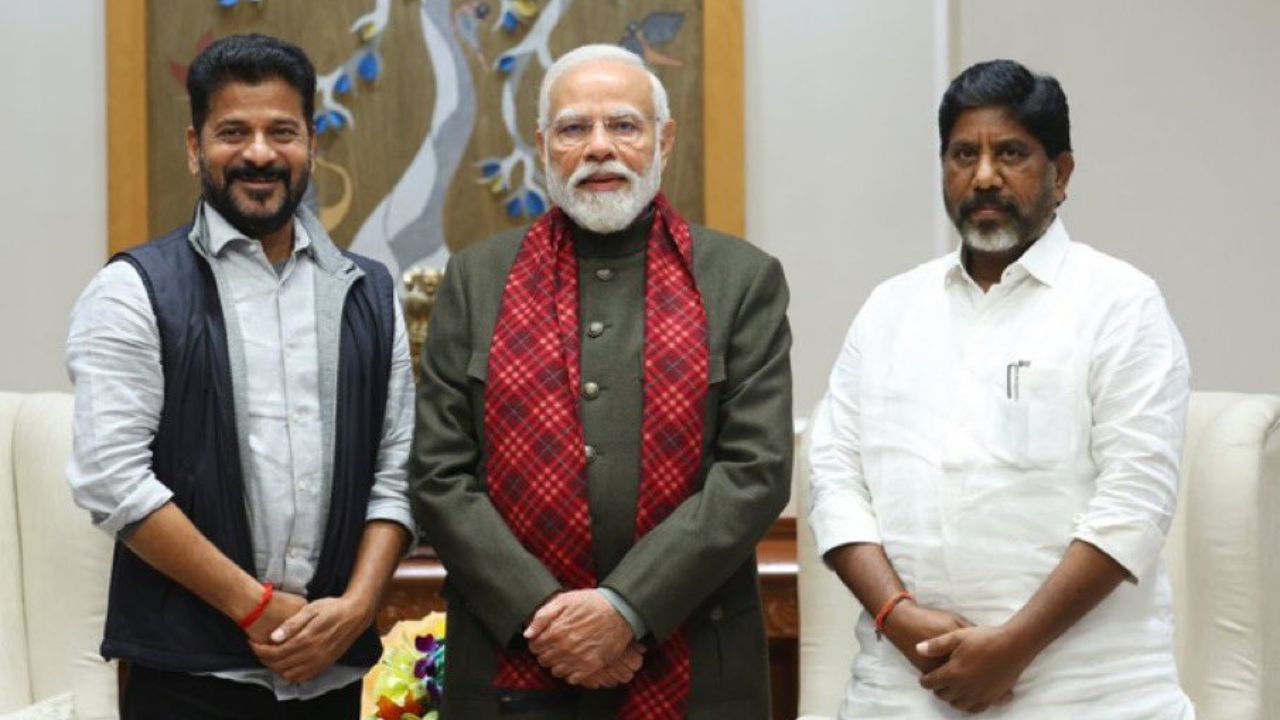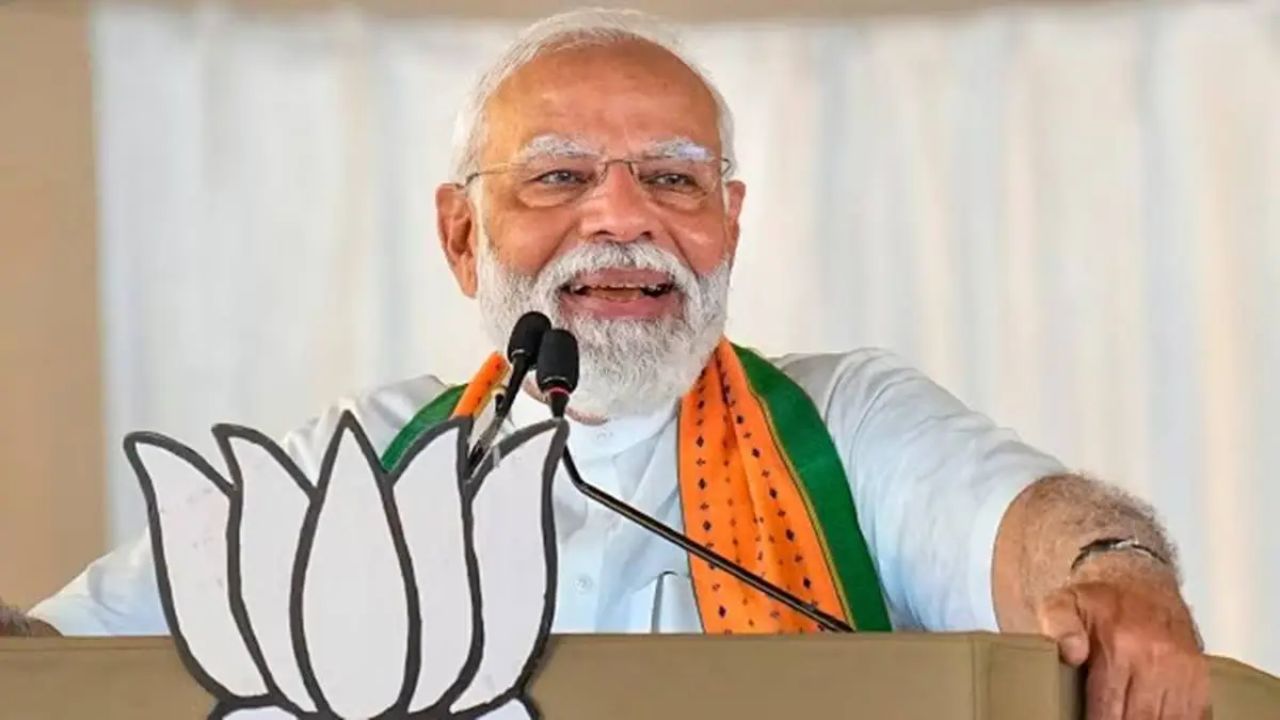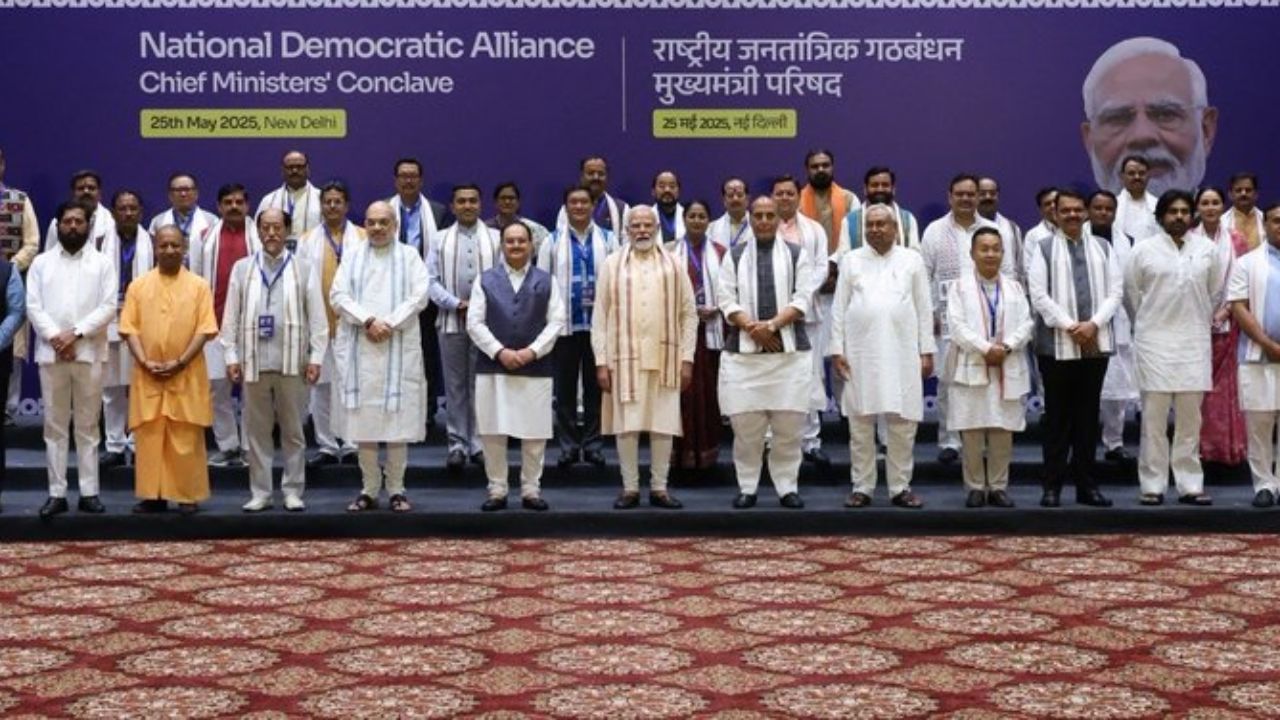BJP eyes victory in Delhi, PM Modi as the game-changer.
Now appearing highly likely, a BJP victory in Delhi would further reinforce Prime Minister Narendra Modi’s image as an undefeated election winner. This anticipated win follows significant BJP triumphs in the Maharashtra and Haryana Assembly elections,
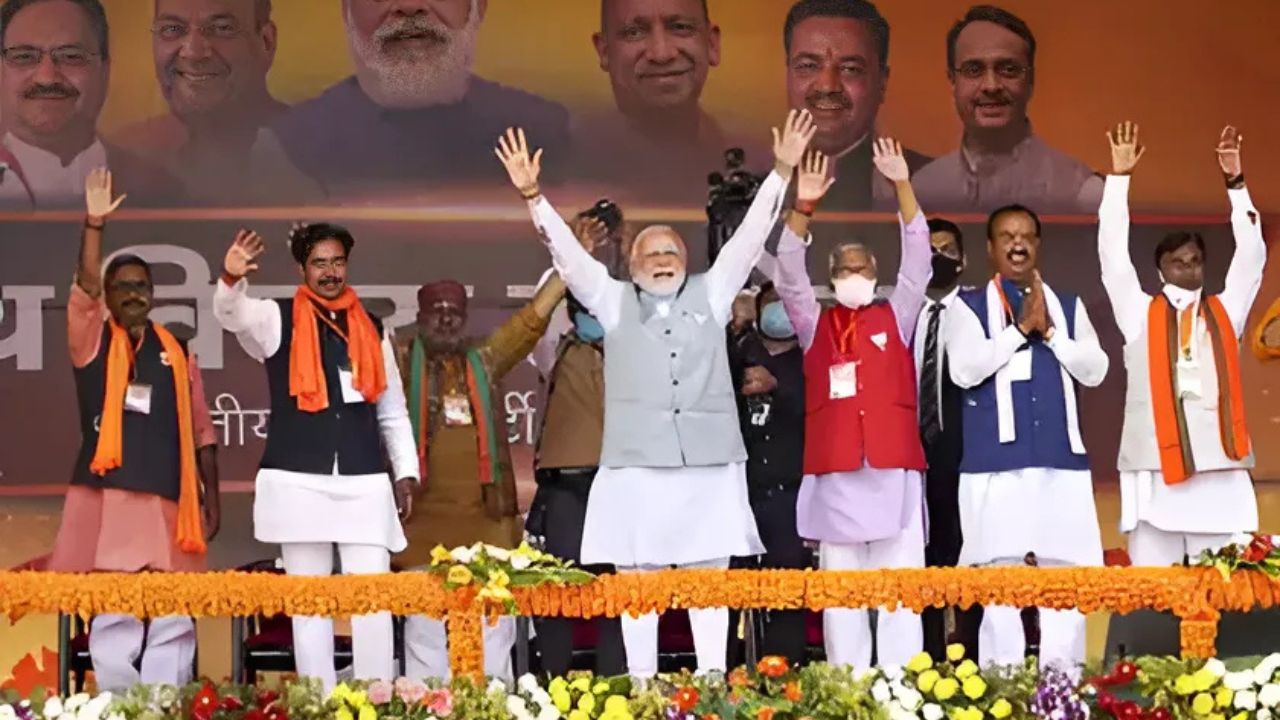
Now appearing highly likely, a BJP victory in Delhi would further reinforce Prime Minister Narendra Modi’s image as an undefeated election winner.
This anticipated win follows significant BJP triumphs in the Maharashtra and Haryana Assembly elections, where the party was initially seen as struggling. A return to power in Delhi after over 27 years would help the BJP overcome the shadow cast by the Lok Sabha results less than a year ago.
The Delhi victory would also reaffirm the credibility of “Modi’s guarantees” when all political parties—national and regional—are competing on welfare promises. It would further validate the Prime Minister’s pledge of “good governance.”
For the BJP, defeating the Aam Aadmi Party (AAP) in Delhi extends beyond the state. Arvind Kejriwal’s party had emerged as a key challenger to the BJP’s dominance in the North. Despite its nationwide influence, the BJP’s inability to control the Capital remained a political obstacle.
Having twice resisted the BJP’s advances in state elections since Modi’s rise, Kejriwal positioned himself as a direct alternative to the PM. In the 2013 Delhi elections, after AAP’s narrow win and subsequent government collapse, Kejriwal even contested against Modi in Varanasi during the 2014 Lok Sabha elections.
Determined to dismantle AAP’s stronghold, the BJP aggressively campaigned in Delhi, leveraging substantial support from the Centre. The Kejriwal government continuously clashed with the Lieutenant Governor, with tensions escalating after V K Saxena’s appointment in 2020, tightening central control.
Over recent years, the Kejriwal administration faced increasing constraints, with key officials reporting directly to the LG. Meanwhile, several top AAP leaders were entangled in legal battles or behind bars.
As the Delhi election campaign neared its conclusion, the Modi government strategically announced the Eighth Pay Commission and significant tax exemptions for the middle class in the Union Budget—moves well-received by the BJP’s core middle-class voter base, including government officials in Delhi’s bureaucratic landscape.
With Modi personally appealing for votes and the BJP deploying its top leaders, the party appears to have compensated for the weaknesses within its Delhi unit. The local BJP leadership had long struggled to challenge AAP’s dominance, lacking a clear chief ministerial candidate.
AAP, in contrast, launched its campaign early, efficiently announcing candidates and conducting extensive door-to-door outreach. It reinforced its commitment to welfare policies while BJP’s corruption allegations against Kejriwal failed to gain traction.
Ultimately, the BJP relied on the Modi factor, confident in the PM’s continued popularity. The party had previously secured all seven of Delhi’s Lok Sabha seats for the third consecutive time in last year’s parliamentary elections.
To cater to Delhi’s diverse electorate, the BJP customized its campaign approach. Instead of relying solely on large rallies, top leaders led major events while local party members conducted smaller, intimate gatherings. A team led by national general secretary Tarun Chugh and former Union minister Rajeev Chandrasekhar organized around 5,000 such meetings in the final seven weeks before voting.
The BJP’s manifesto directly addressed AAP’s popular welfare schemes, shedding its earlier reluctance toward freebies. Modi assured voters that initiatives like free bus rides for women and subsidized electricity and water would continue under a BJP-led government.
Interestingly, the campaign lacked any overt Hindutva rhetoric—a reflection of both ground realities and AAP’s strategic embrace of religious symbolism.
Additionally, the BJP targeted key civic concerns such as air pollution, Yamuna’s contamination, and declining urban living standards—issues that resonated with Delhi’s significant middle-class demographic, which felt alienated from AAP’s primary voter base.
BJP leaders also credit their candidate selection strategy as a major success, fielding both senior and emerging leaders. Prominent names included Dushyant Gautam, Ramesh Bidhuri, Kapil Mishra, Parvesh Verma, Harish Khurana, and Ravinder Singh Negi. Several of them were poised for upset victories, with Bidhuri contesting against incumbent Chief Minister Atishi and Verma challenging Kejriwal directly.
As the results unfold, the BJP appears set for a historic comeback in Delhi, driven by Modi’s leadership and a meticulously crafted electoral strategy.


